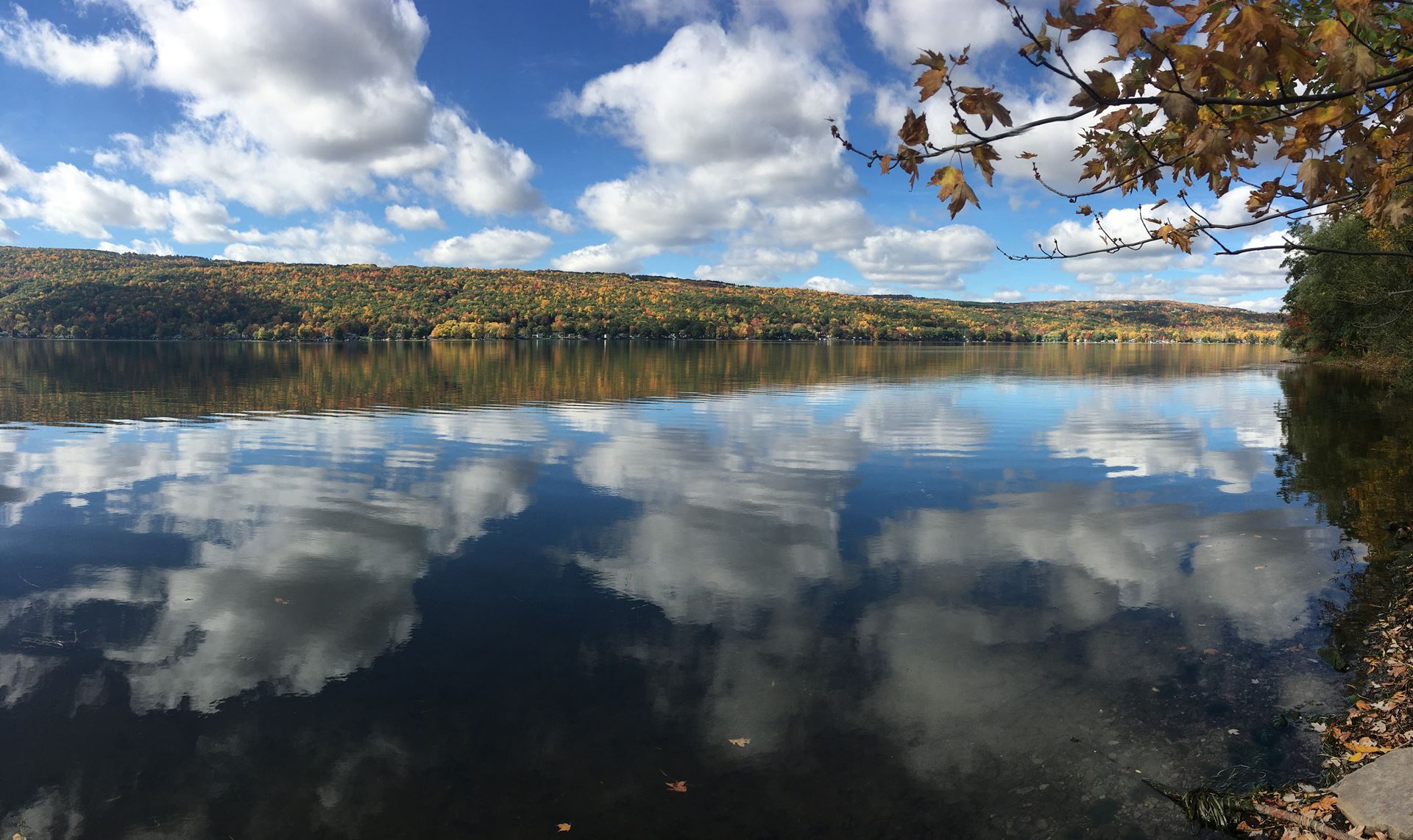New State Regulations Target Aquatic Invasive Species
Boaters Using DEC Lands to Launch Boats or Other Watercraft Are Now Required to Clean and Drain Boats Prior to Launch
As part of an aggressive effort to prevent invasive species from entering and damaging New York water bodies, the State Department of Environmental Conservation (DEC) today adopted new regulations that require boaters to remove all visible plant and animal materials from boats, trailers and associated equipment, and to drain boats prior to launching from DEC lands.
The regulations, which are effective today, pertain to all DEC boat launches, fishing access sites and other DEC lands where watercraft such as boats, kayak or canoes, can be launched into the water.
"New York State continues to work with its state, local, federal and environmental partners to protect water bodies from destructive invasive species," DEC Commissioner Joe Martens said. "Boats, trailers and associated equipment are common pathways for spreading aquatic invasive species. These new regulations will help reinforce the message that boaters need to clean their equipment of any clinging plant and animal materials and drain their boats prior to launching at lands administered by DEC."
Boaters should take the following steps to ensure that their boat, trailer and equipment are free of aquatic invasive species:
- Visually inspect the boat, trailer and other fishing and boating equipment and remove all mud, plants and other organisms that might be clinging to it. Materials should be disposed of in one of the Nuisance Invasive Species Disposal Stations installed at many DEC boat launches, in the trash or at an upland location away from the launch ramp.
- Drain the boat's bilge and any other water holding compartments such as live wells, bait wells and bilge tanks. This does not apply to water associated with sanitary systems or drinking water supplies.
Drying boats is also highly recommended but is not required under the new regulations. Boaters who are unable to dry their boats between uses should flush the bilge and other water holding compartments with water, preferably at a temperature of 140 degrees Fahrenheit. Microscopic larval forms of aquatic invasive species, such as zebra mussels and spiny waterflea, can live in as much as a drop of water. To ensure that these organisms are not accidentally spread, anything holding water should be dried, flushed or disinfected with hot water to ensure that these aquatic invasive species are not spread. Additional information on AIS and disinfection recommendations can be found on the DEC website.
The new regulations are available on the DEC website.

